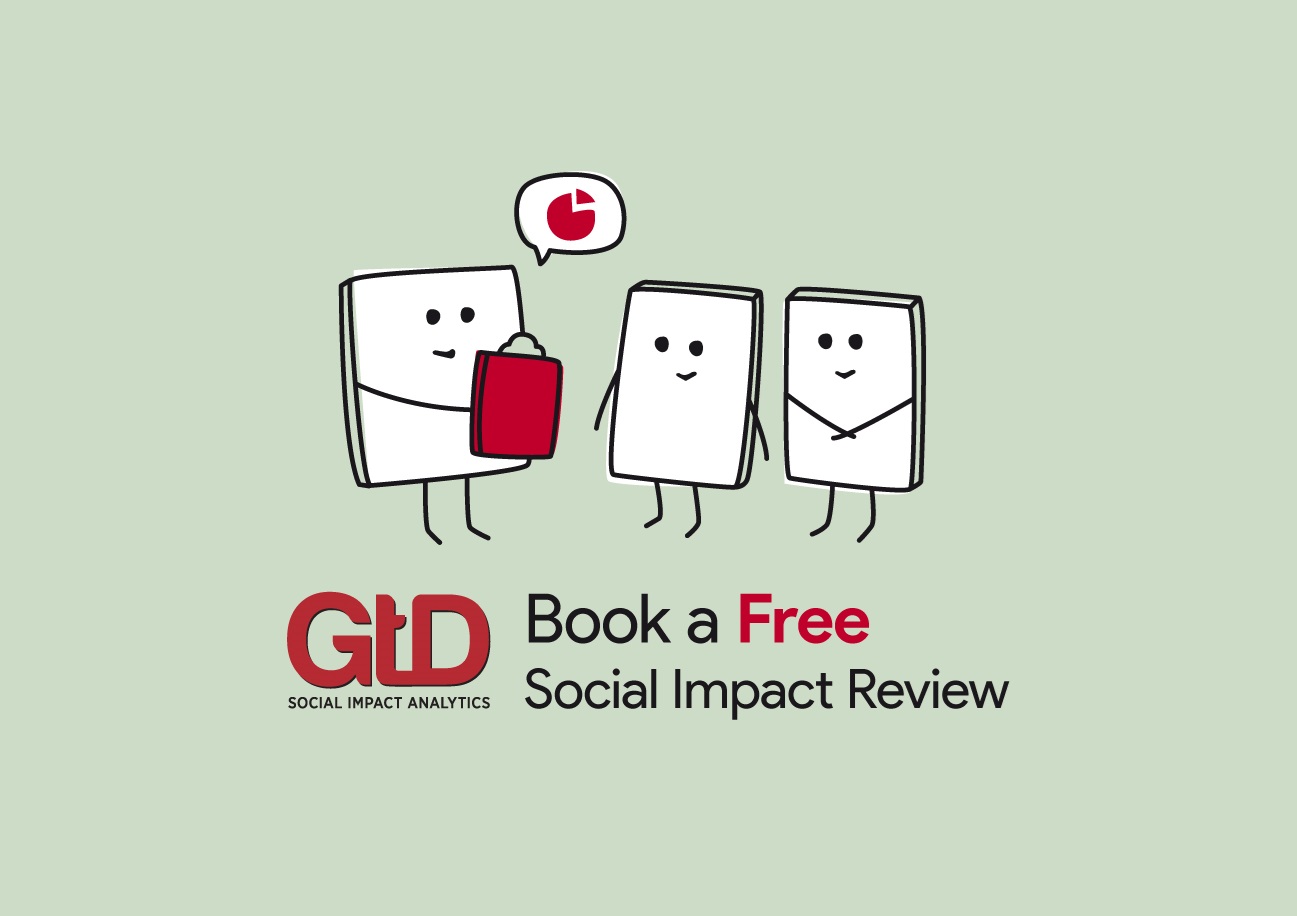The Five Golden Rules of Evaluation
“How can we measure and quantify our social impact?” That’s essentially the “exam question” for all evaluation projects. It’s what clients want to know and the question that should be at the fore of all evaluation designs. So, I thought I would share my Five Golden Rules of evaluation in the hope that these will be useful to those who commission evaluation and those at the start of their career in social research.
1. Define clear goals and outcomes.
This is, in fact, the Golden Rule of evaluation. So, take a step back and consider whether the initiative’s intended outcomes are clear, unambiguous, and relate to the project’s services. Adopting a theory of change approach will help identify the project’s outcomes and the primary and secondary data that can be used to measure them.
2. Establish a measurement framework:
In developing your theory of change, you will have identified the project’s “resources,” “inputs” (e.g., staff), “outputs” (services), and the defined “outcomes.” These should be arranged in a measurement framework for collecting data, monitoring progress, and evaluating outcomes.
3. Rigorous data collection:
Having developed the measurement framework, it must be populated by primary quantitative data from surveys and other data collection tools or secondary quantitative data from existing databases. When collecting the data, take time, and ensure the process is rigorous, consistent, and reliable.
4. Attribution:
A sound theory of change will have established a plausible link between your project’s intervention and the intended outcome, and hopefully, your outcome data will prove that theory. However, how can you be sure that a good outcome resulted from your project and not something else? This is where we must consider setting up a scientific or quasi-scientific test to prove attribution. Essentially these are statistical methods to compare changes between a control or comparison group and the intervention groups. At GtD, we have a team of expert statisticians who are always ready to help out, and my colleague Jack has written more about impact evaluations here.
5.Communicate and report findings:
Finally, what good is the best evaluation if it is ineffectively communicated to your funders, staff, beneficiaries, and the wider public? So, share your findings in clear and concise language, and use good data visualization and storytelling techniques to convey the outcomes and your project’s broader impacts. You might want to consider the 1:3:25 style of reporting to communicate research findings to busy professionals. I am a big fan of that style and have written about them here.
My Five Golden Rules have stood me in good stead for the past 30 years. They are effectively encapsulated in our Measure package, which is often the embarkation point that many of our clients take on their social impact journey.

I look forward to hearing from you, get in touch if you want to take that first step and think the Measure package is for you and your organization.

















